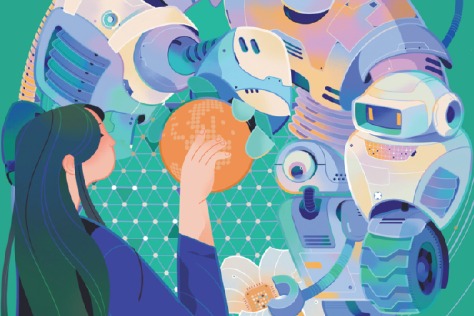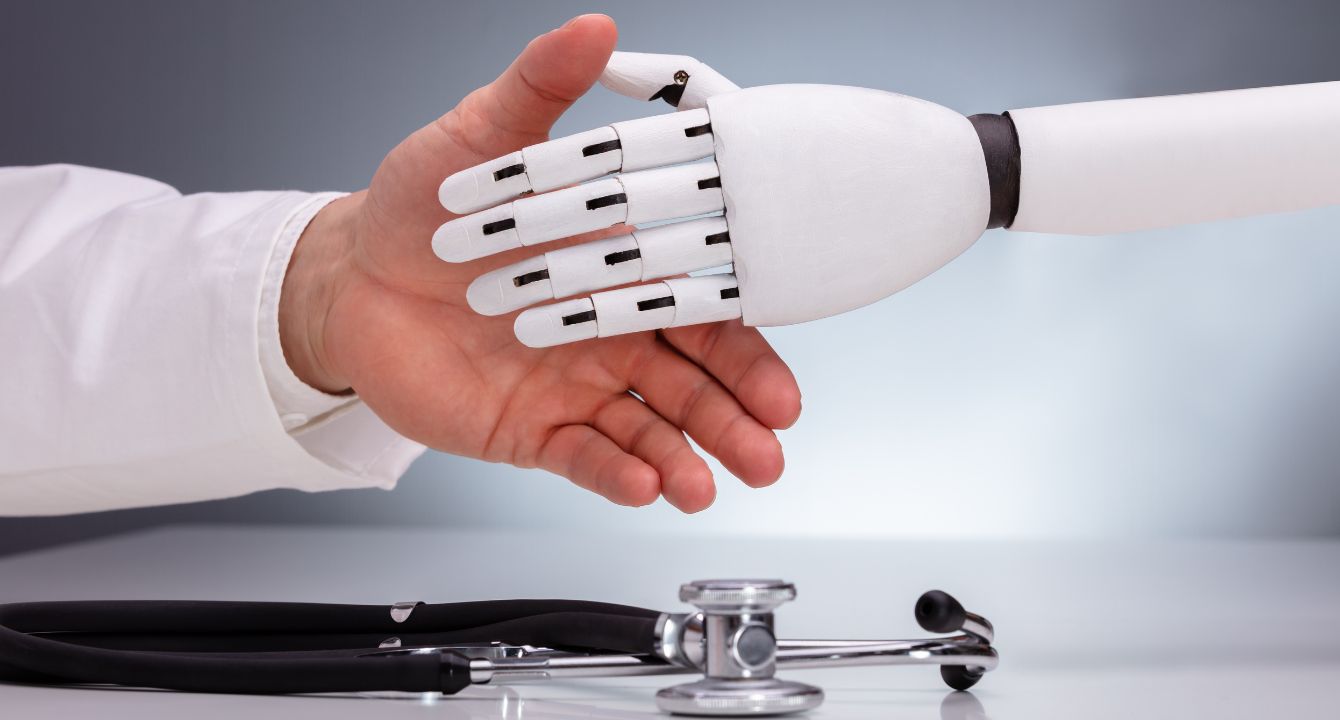The latest AI model introduced by the prominent artificial intelligence leader OpenAI is named Sora. OpenAI claims that this innovative AI model, Sora, is capable of producing “realistic” and “creative” 60-second videos based on concise text prompts.
The pervasive influence of artificial intelligence across various industries is undeniable. In 2023, just two months after its launch, ChatGPT, a tool developed by OpenAI, sparked intense global competition within the AI sector. Despite the increased regulatory concerns surrounding AI-related risks, it is evident that the world stands at the threshold of a new era in AI advancement.
Innovation in applications, particularly in the realm of crafting unique scenarios, is deemed essential beyond the fundamental domains of chips and data. These innovations will play a pivotal role in determining whether AI technology can effectively evolve into tangible economic value, completing the cycle of commercialization. In response to the challenges posed by ChatGPT, both major global players and emerging startups are introducing new products. For instance, Google has launched Bard, a chatbot, and has integrated AI-enhanced functionalities into its product line. Similarly, Microsoft has unveiled the Bing chatbot and has integrated AI-powered collaborative tools within its offerings.
Generative AI, in comparison to traditional AI, presents four significant advantages: automation, personalization, creativity, and interpretability. It comes as no surprise that Generative AI has emerged as a driving force behind the current wave of innovations.
From sectors like media and finance to healthcare and transportation, Generative AI, as a representative of universal AI technology, is predominantly making strides in the “soft” aspects of the service and manufacturing sectors. Industries with the highest potential value include retail, consumer goods, finance, pharmaceuticals, and medical products.
On a different note, AI-generated content (AIGC) and data-driven learning elements are empowering machines to autonomously create entirely new texts, images, videos, and other multimedia content. Concentrated primarily in creative sectors such as advertising, marketing, game development, and art design, AIGC is reshaping the future of these industries. In terms of customer service, multi-turn human-machine dialogues are enhancing user experiences while reducing the costs associated with manual customer support.
In the field of medical technology, AIGC, leveraging real case data, addresses the challenge of data scarcity by providing data generation services for various purposes, including drug development, precision medicine, and facilitating magnetic resonance imaging. In chip development, AIGC-generated 3D models play a crucial role in optimizing the positioning of chip components, significantly reducing product development cycles to mere hours.
While AI applications in sectors like finance and education are still in the nascent stages of small-scale trials, the potential is immense. AI can efficiently monitor, process, and analyze vast amounts of financial data, aiding financial institutions in making more precise data forecasts and decisions. It also plays a vital role in detecting potential fraudulent activities, thereby enhancing the security and reliability of financial transactions. Several Chinese commercial banks have already embraced GenAI technology, advancing the practical application of large-scale models and AI technologies like computing clusters.
As industrial-grade large-scale AI models gradually emerge, AI is becoming increasingly integrated into various stages of industrial production. General AI is being deployed in design, intelligent manufacturing, quality management, and autonomous driving. For instance, the fusion of AI with electronic design automation is emerging as a predominant trend in chip design. AI large models enhance industrial robots’ comprehension of natural language commands, thereby improving their information processing and perceptual execution capabilities.
Autonomous driving stands as a pivotal component of the overall evolution of the automotive industry, with commercialization already underway in California. Additionally, General AI plays a significant role in propelling the development of humanoid robots. Presently, commercial services represent the fastest-growing market segment for humanoid robots. In China, the domestic market holds the greatest potential for humanoid robots.
However, embodied AI technology encounters challenges such as high research and development costs and the absence of regulatory frameworks, which can impede achieving commercial viability.
Despite the myriad benefits AI brings, it also poses risks, including the potential for misuse, which can raise concerns about user privacy, ethical implications, and the need for stringent regulations.
Countries worldwide are closely monitoring the impact of AI-driven productivity on the workforce. Assessments by various international organizations indicate that professions such as office and administrative support, legal, and financial positions are particularly susceptible to automation risks. The OECD has cautioned that 27 percent of professions face the highest risk of automation.
In the global AI landscape, both China and the United States have prioritized investments in the sector, allocating substantial resources. The US maintains a leading position in cutting-edge chip design, new algorithms, and foundational technologies. It also boasts an edge in terms of the number of AI unicorn companies and top talents. On the other hand, China’s extensive population, robust data collection capabilities, and continuous app innovation are driving the growth of its AI industry.
Undoubtedly, the path to AI development poses challenges for both China and the US, necessitating significant efforts. Collaborating and leveraging each other’s resources can enable these nations to harness their respective strengths for mutual benefits, fostering technological advancement, and ensuring the safe, reliable, and trustworthy application of AI.
The author, a director and researcher at the Institute of Innovation and Development, Chinese Academy of Science and Technology for Development, presents these insights. The views expressed do not necessarily align with those of China Daily.










